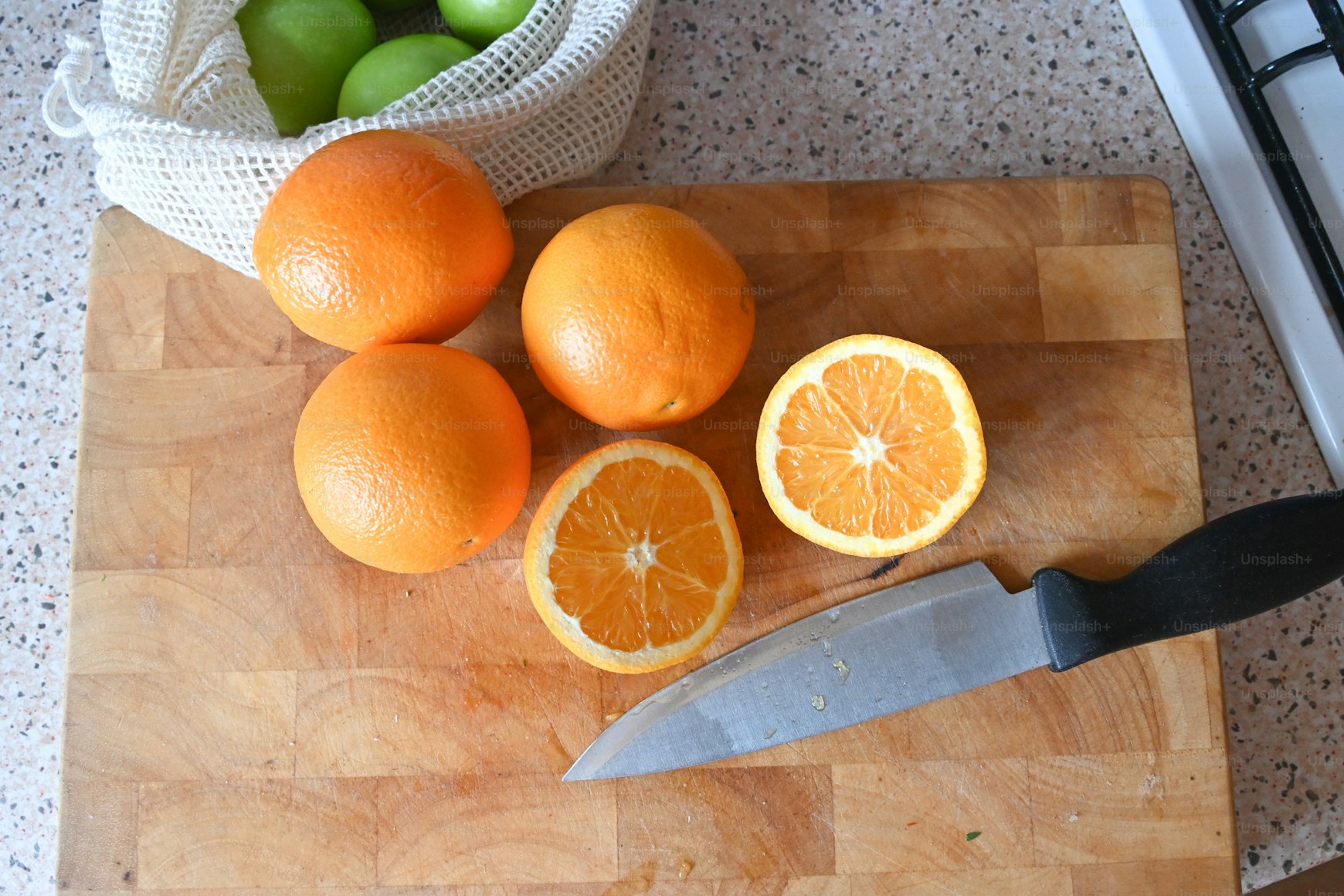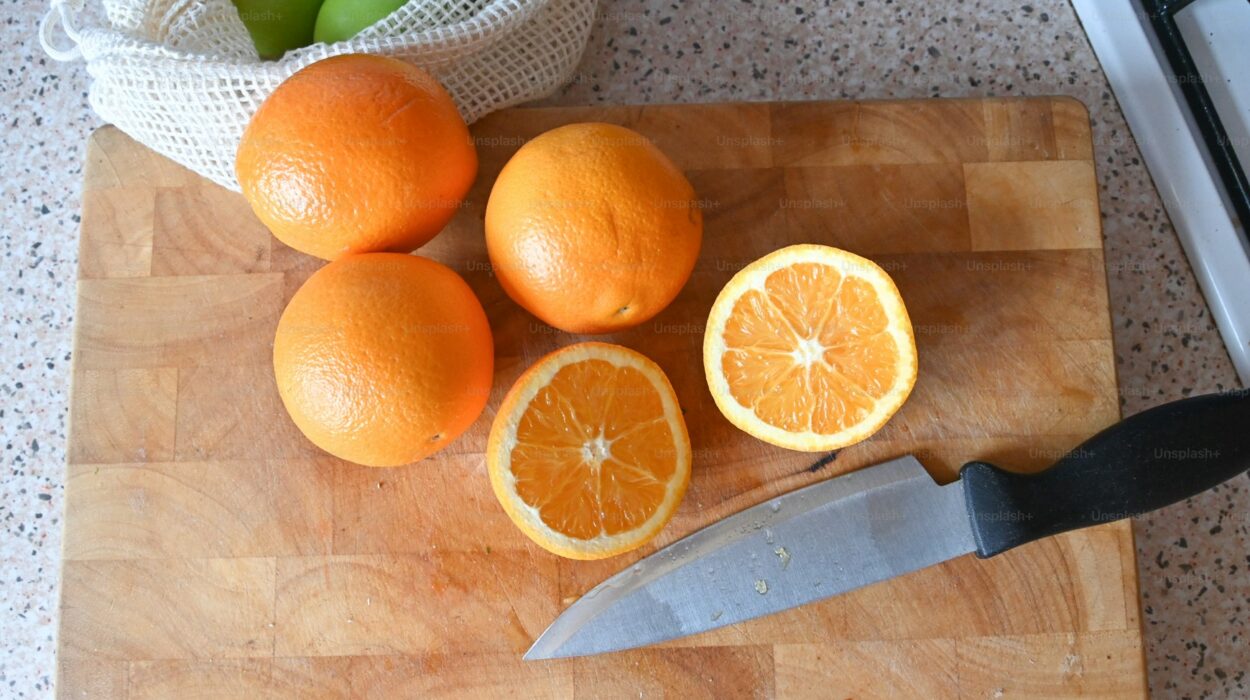When it comes to achieving excellence in the kitchen, the condition of your tools can make the difference between a masterpiece and a mess. One tool that stands above the rest in the culinary world is the Japanese chef knife. Renowned for its sharpness, precision, and quality, the Japanese chef knife is a favorite among chefs and home cooks alike. But what happens when this kitchen stalwart loses its edge? This detailed guide on how to sharpen Japanese chef knife will walk you through everything you need to know to keep your knife in top-notch condition.

Why Keep Your Chef Knife Sharp?
A sharp knife is not only more efficient but also safer to use. Dull knives require more force during cutting, which increases the likelihood of slips and accidents. A well-sharpened knife, however, glides effortlessly through food, making prep work quicker and more enjoyable.

Understanding Japanese Chef Knives
Types of Japanese Chef Knives
Japanese chef knives come in various styles, including the Gyuto, Santoku, and Nakiri. Each serves a specific purpose, and knowing the type of knife you have can guide you in the sharpening process.
The Architecture of a Japanese Chef Knife
Understanding the structure of your knife is crucial. Japanese knives are typically made from high-carbon steel, which allows for a sharper edge but also necessitates more frequent maintenance.

Tools You Will Need
Whetstones
Whetstones are the preferred choice for sharpening Japanese chef knives. Available in different grits, they provide the precision required for an optimal edge.
Honing Rods
While honing rods don’t sharpen a knife, they help to realign the edge, extending the time between sharpening sessions.
Guide Rails
For beginners, guide rails can assist in maintaining the correct angle during sharpening.

Step-by-Step Guide on How to Sharpen Japanese Chef Knife
1. Setting Up Your Workspace
Ensure you have a spacious, well-lit area to work in. Gather all your tools and lay them out for easy access.
2. Choosing the Right Grit
Whetstones come in a variety of grits, from coarse to fine. Begin with a coarse grit for a very dull knife and move to finer grits for polishing.
3. Soaking the Whetstone
Most whetstones require soaking in water for about 10-15 minutes before use.
4. Finding the Correct Angle
Japanese chef knives are typically sharpened at an angle between 15-20 degrees.
5. Sharpening Technique
Hold the knife at the desired angle and move it back and forth across the whetstone, applying even pressure.
6. Honing
After sharpening, use a honing rod to realign the knife’s edge.
7. Polishing
If needed, use a finer grit whetstone to polish the blade.
8. Cleaning and Drying
Clean the knife thoroughly after sharpening to remove any metal particles.
Maintenance Tips
Regular Honing
Hone your knife regularly to keep the edge aligned.
Proper Storage
Store your knife in a knife block or on a magnetic strip to protect the blade.
Avoid Hard Surfaces
Cutting on hard surfaces can dull your knife, so stick to wooden or plastic cutting boards.
Common Mistakes to Avoid
Using the Wrong Angle
Sharpening at the wrong angle can damage the knife’s edge.
Skipping Grits
Jumping from a coarse grit to a fine grit without intermediate steps can result in a less effective edge.
Not Soaking the Whetstone
Failing to soak the whetstone can make the sharpening process less efficient.
Faq Section
How often should I sharpen my Japanese chef knife?
Ideally, you should sharpen your knife every 3-6 months, depending on usage.
Is it possible to over sharpen a knife?
Yes, over sharpening can wear down the blade. Only sharpen when necessary.
Can I use an electric sharpener for my Japanese chef knife?
It’s not recommended as it can be too aggressive and damage the blade.
Conclusion
A sharp Japanese chef knife is an essential tool for any kitchen enthusiast. By following these steps on how to sharpen Japanese chef knife, you can ensure your knife remains in excellent condition, ready to tackle any culinary challenge.
For more tips on maintaining and using kitchen knives, check out how to keep knives sharp, safety precautions, or what a chef knife is used for. For further reading on chef knives in general, Wikipedia’s Chef Knife guide is a great resource.
As an Amazon Associate, I earn from qualifying purchases.
As an Amazon Associate, I earn from qualifying purchases.


